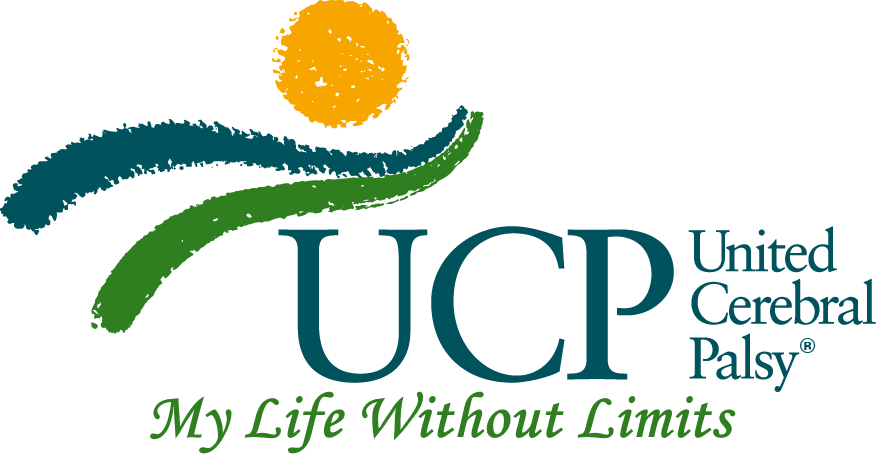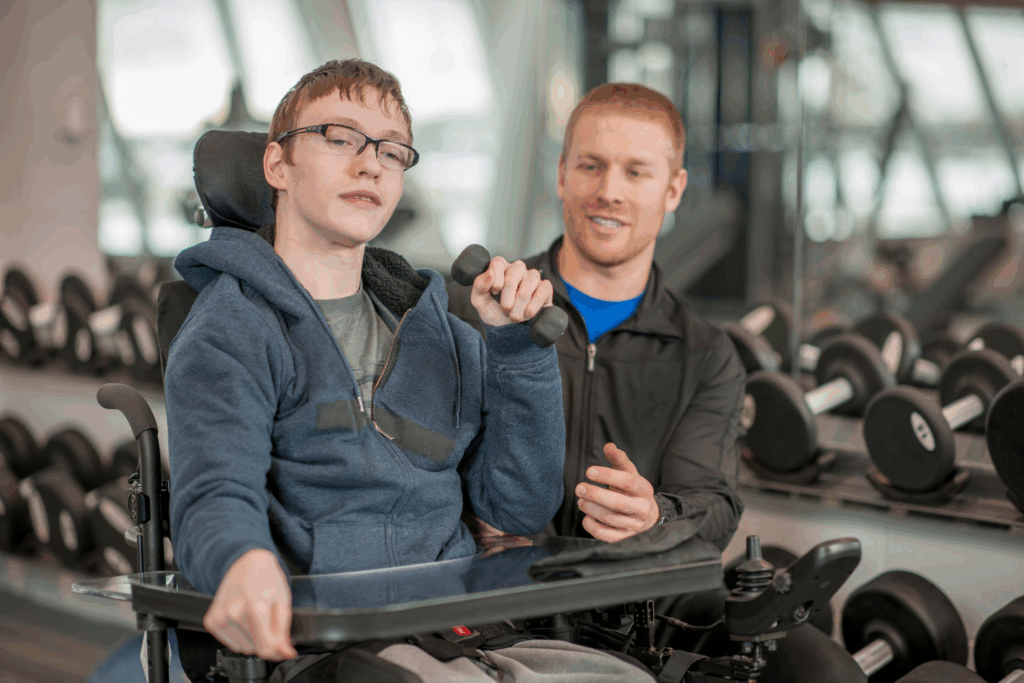By Stephen A. Dantzig, Psy. D., Education and Outreach Program Manager, United Cerebral Palsy Association of Hawai’i

According to the Centers for Disease Control (CDC), Adults with disabilities report frequent mental distress almost five times as often as adults without disabilities. In 2018, it was estimated that nearly 33% of adults with disabilities experienced frequent mental distress. That number is staggering, especially when the CDC defines mental distress as “14 or more reported mentally unhealthy days in the past 30 days.”
This number, while critical, only tells part of the story because of the huge disparity of the types of disabilities and how two people with same disability react.
What Defines Disability?
The first question becomes: “What is a disability?” The National Alliance on Mental Illness (NAMI) reports that within the scope of federal disability nondiscrimination laws (such as the Americans with Disabilities Act), the definition of a person with a disability is typically defined as someone who “has a physical or mental impairment that substantially limits one or more major life activities, has a record of such an impairment, or is regarded as having such an impairment.”
Categories of Disability (as Defined by Law)
The Rights of Persons with Disabilities Act of 2016 outlines 21 categories of disability. While I personally see some overlap between categories, Atypical Advantage lists the types as:

- Blindness
- Low vision
- Leprosy cured person (Even after being cured of leprosy, people can still have lasting disabilities, like weak muscles, nerve damage, or changes to their appearance.)
- Hearing impairment
- Locomotor disability
- Dwarfism
- Intellectual disability
- Mental illness (e.g., anxiety, depression, and bipolar disorder)
- Autism spectrum disorder
- Cerebral palsy
- Muscular dystrophy
- Chronic neurological conditions
- Specific learning disabilities
- Multiple sclerosis
- Speech and language disability
- Thalassemia
- Hemophilia
- Sickle cell disease
- Multiple disabilities such deaf-blindness
- Acid Attack Victim
- Parkinson’s Disease
While I do not see epilepsy listed, the list is exhausting in and of itself, but gets more difficult to comprehend when we consider that each category affects people to different degrees.
Why Mental Illness Is Often Overlooked in Disability Care
Mental illness, for example, is particularly problematic: At what point do feelings such as anxiety and depression, which are arguably natural (but not necessarily healthy) reactions to one’s other disabilities become their own category of disability?
The difference, from the affected person’s point of view, probably doesn’t matter because those emotions need to be effectively addressed. The problem becomes much more evident if health care providers see mental health issues as a natural part of the more apparent disability and perhaps don’t take them as seriously.
The Importance of Tailored Mental Health Treatments
Another issue becomes how to approach treatment because mental health issues in the absence of other disabilities likely have different causal agents and may call for different methods for care. Either way, the mental health of people with disabilities needs to be taken very seriously.
According to this report, “People with various types of functional disabilities had an elevated risk for suicide-related outcomes, compared with people without disabilities. The more limitations a person had progressively increased their risk. These findings call for focused attention to the mental health of people with disabilities, including suicide prevention efforts that accommodate their needs.”
Understanding the Link Between Disability and Depression
The emotional toll of living with a disability is often profound and multifaceted. Research indicates that children with cerebral palsy are up to five times more likely to experience depression than their nondisabled peers. These challenges frequently stem not from academic difficulties but from social discomfort, such as being publicly singled out for accommodations. As highlighted in a previous blog, social inclusion and emotional sensitivity are crucial components of mental health for individuals with disabilities. Addressing these issues early can significantly improve quality of life and mental well-being.
What’s Next: Exploring Barriers to Care
In our next blog, we will investigate some of the possible reasons for the higher risk of mental health issues experienced by people with disabilities and some of the barriers we face receiving those critically important services in our next blog.
About the Author

Dr. Stephen Dantzig earned his Doctor of Psychology degree from the Rutgers University Graduate School of Applied and Professional Psychology in 1991. His dissertation studied the development of higher cognitive functioning of children with cerebral palsy and spina bifida. He was a school psychologist for 38 years, serving New York, New Jersey, California, and Hawai’i, and is now the Education and Outreach Program Manager at the United Cerebral Palsy Association of Hawai’i. His autobiography was Get Up, Your Bus Is Here: Living MY Life with Cerebral Palsy: Trials, Tribulations and Triumphs. Read more about Stephen here.
Your Voice Matters Beyond this blog, United Cerebral Palsy Association of Hawai’i is working on a research study about aging with cerebral palsy. If you are an adult with cerebral palsy — or care for one — we invite you to share your experiences in their survey. Your input will help shape more compassionate care, policies, and support systems for adults with cerebral palsy. Take the survey here.




